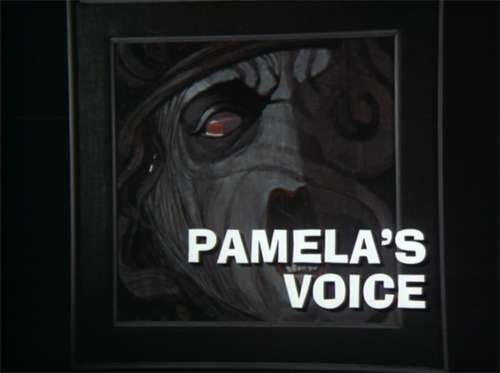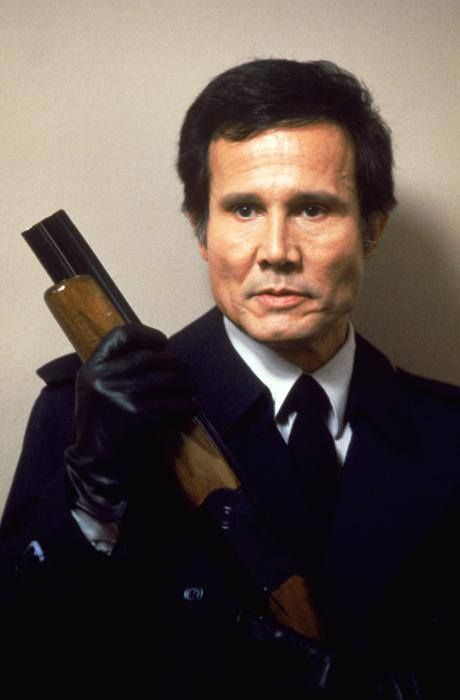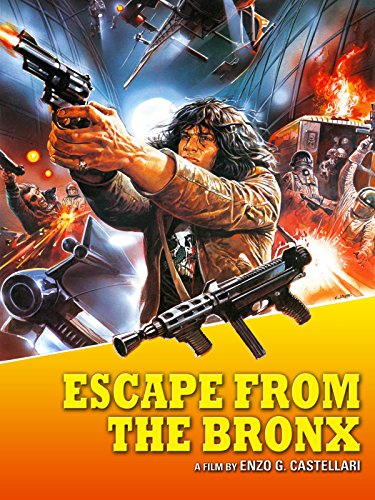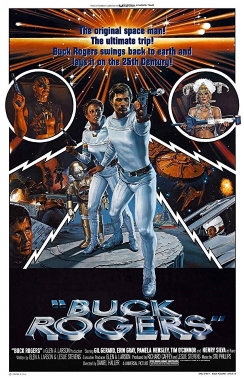
The fifth episode of Night Gallery originally aired on January 13th, 1971. It featured three stories, each one of which was introduced by Rod Serling walking through a darkened museum.

Pamela’s Voice (dir by Richard Benedict, written by Rod Serling)
Jonathan (John Astin) kills his wife, Pamela (Phyllis Diller), because he’s sick of listening to her shrill voice. However, it turns out that not even death can stop Pamela. While Jonathan is staring at a coffin, he starts to hear Pamela’s voice.
At first, you might think that this is going to be one of those stories where it’s going to turn out that the murderer has been driven made by his crimes and he’s imagining being taunted by his victim. But then Pamela makes an post-death appearance herself and the story reveals it’s final twist.
For the most part, Pamela’s Voice is entertaining. Both John Astin and Phyllis Diller give such eccentric performances that their fun to watch even if the majority of the audience will be able to guess this segment’s big twist.

Lone Survivor (dir by Gene Levitt, written by Rod Serling)
This wonderfully atmospheric story opens in 1915, with the crew of the Lusitania discovering a man (John Colicos) floating in a lifeboat. The lifeboat is from the Titanic and the man, who claims to be a crewmember of that doomed ship, is wearing a dress, leading the ship’s doctor to assume that the man survived the sinking of the Titanic by pretending to be a woman and stealing someone else’s rightful spot in the lifeboat.
At first, his rescuers are skeptical. If the man was indeed a survivor of the Titanic, that would mean that he had spent the past three years floating in that lifeboat? How could the man have survived? And, assuming that he is telling the truth about the ship that he came from, what has now brought him to the Lusitania? Could the man possibly be a German spy? After all, World War I has just broken out and the sea is no longer as safe as it once was….
Lone Survivor is an example of this often uneven show at its best. It’s a genuinely creepy short film, one that ends on a frightening and rather sad note. Lone Survivor is the tale of man trying to escape both his own guilt and the whims of fate and discovering that neither can be easily conquered. In the main role, John Colicos gives a wonderfully intense and haunted performance.

The Doll (dir by Rudi Dorn, written by Rod Serling)
“Our painting is called The Doll,” Rod Serling says as he introduces this one, “and it’s one that you better not play with.” Truer words were never spoken!
In this one, British Col. Hymber Masters (John Williams) returns home from India and discovers that his niece (Jewel Branch) has a new doll. Someone mailed the doll to her. Everyone assumed that Col. Masters sent the doll but he actually had nothing to do with it. Masters is not happy to see his niece carrying around that doll and it makes sense when you consider just how ugly the doll is. I mean, this is one creepy doll!
It turns out that the Masters was correct to be concerned because the doll was sent by Pandit Chola (Henry Silva), who holds Masters responsible for the death of his brother. The doll has been sent to take revenge….
The Doll is another triumph, largely because the doll itself is so creepy that it looks like something that sprung straight out of a nightmare. John Williams does a good job playing the well-meaning if somewhat stuffy colonel and Henry Silva is well-cast as the villain of the piece. This segment deserves a lot of credit for taking a fanciful story and playing it totally straight.
The fifth episode of Night Gallery is a triumph. After a run of uneven episodes, this episode is consistently creepy and entertaining. For this episode, at least, Night Gallery lived up to its potential.

Previous Night Gallery Reviews:
- The Pilot
- The Dead Man/The Housekeeper
- Room With A View/The Little Black Bag/The Nature of the Enemy
- The House/Certain Shadows on the Wall
- Make Me Laugh/Clean Kills And Other Trophies


















 It’s life and death in the Windy City. It’s got Chuck Norris, Henry Silva, Dens Farina, and a robot, too. It’s Code of Silence.
It’s life and death in the Windy City. It’s got Chuck Norris, Henry Silva, Dens Farina, and a robot, too. It’s Code of Silence. Joe Bomposa (Rod Steiger) may wear oversized glasses, speak with a stutter, and spend his time watching old romantic movies but don’t mistake him for being one of the good guys. Bomposa is a ruthless mobster who has destroyed communities by pumping them full of drugs. Charlie Congers (Charles Bronson) is a tough cop who is determined to take Bomposa down. When the FBI learns that Bomposa has sent his girlfriend, Jackie Pruit (Jill Ireland), to Switzerland, they assume that Jackie must have information that Bomposa doesn’t want them to discover. They send Congers over to Europe to bring her back. Congers discovers that Jackie does not have any useful information but Bomposa decides that he wants her dead anyway.
Joe Bomposa (Rod Steiger) may wear oversized glasses, speak with a stutter, and spend his time watching old romantic movies but don’t mistake him for being one of the good guys. Bomposa is a ruthless mobster who has destroyed communities by pumping them full of drugs. Charlie Congers (Charles Bronson) is a tough cop who is determined to take Bomposa down. When the FBI learns that Bomposa has sent his girlfriend, Jackie Pruit (Jill Ireland), to Switzerland, they assume that Jackie must have information that Bomposa doesn’t want them to discover. They send Congers over to Europe to bring her back. Congers discovers that Jackie does not have any useful information but Bomposa decides that he wants her dead anyway.